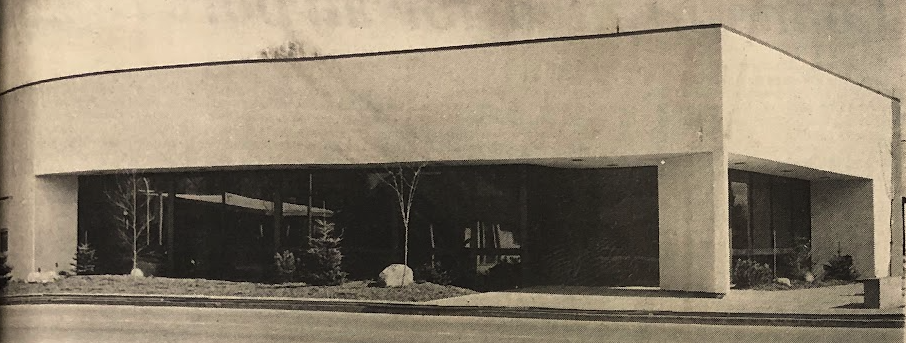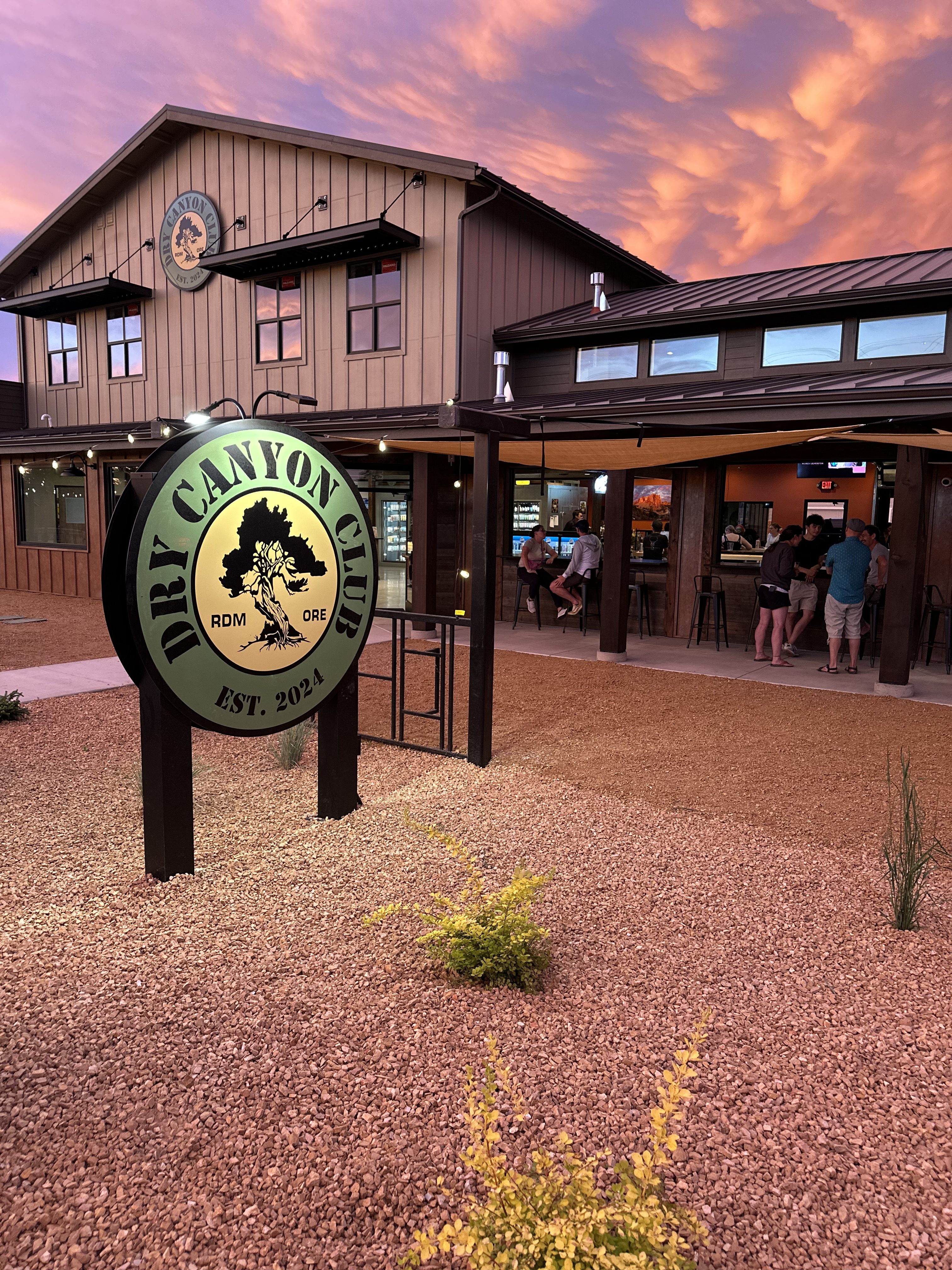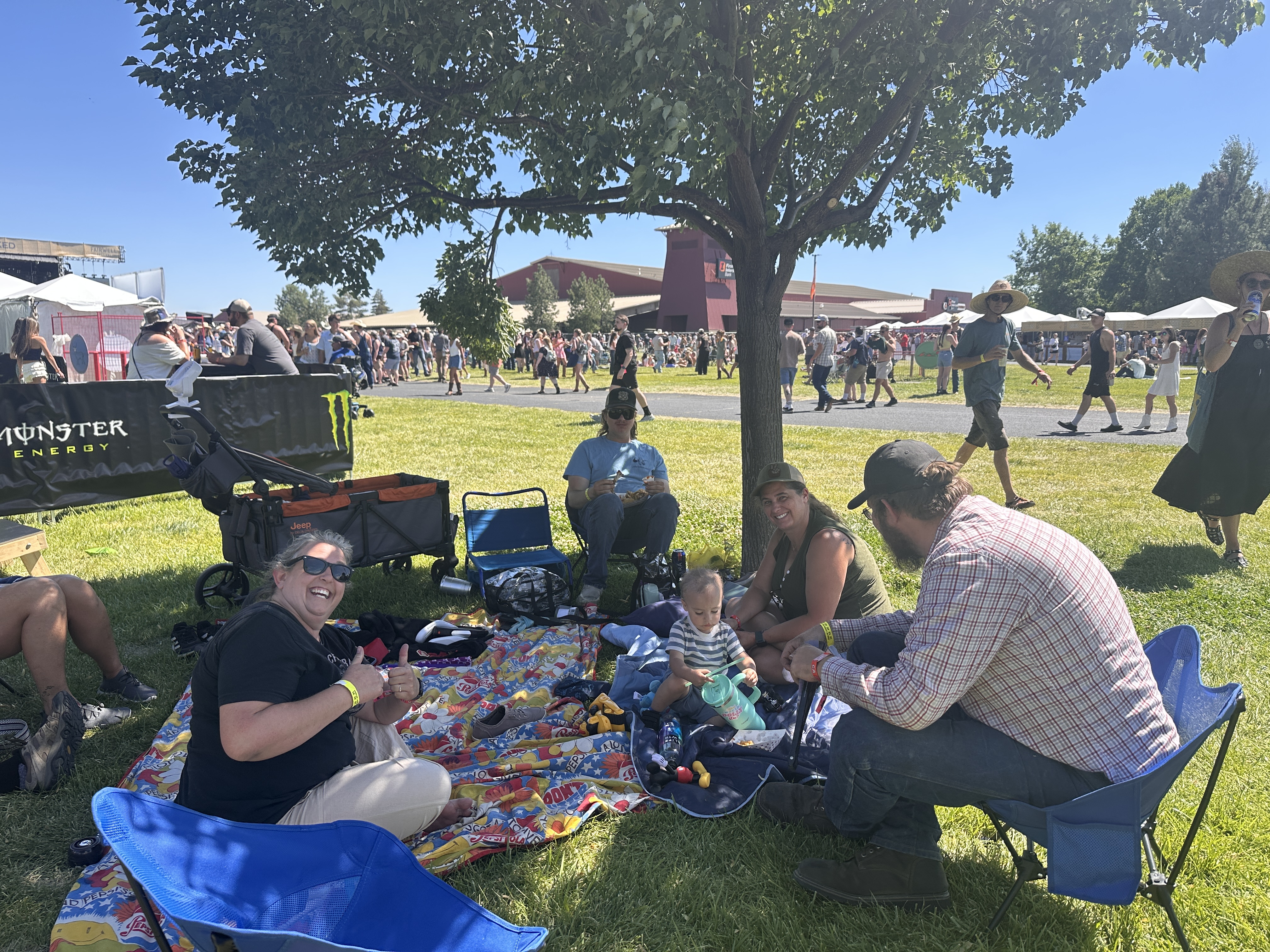Flashback: Ex-jockey, wife buy Ray Suter’s Drive-Inn Cafe in 1950; Australian mountain climber still missing in 1975; Old love of trains rekindled with kids in 2000
Published 2:00 am Thursday, February 27, 2025

- An all-day open house in 1975 marked completion of the Redmond branch of First National Bank. The $340,000 structure, covering 1250 square feet, features exterior walls of stucco and bronzed glass with extensive landscaping and a large off-street parking lot. The interior incudes wood paneled and painted walls with acoustical tile ceiling and floors of carpeting and tile. The new facility offers nine teller windows, a safe deposit facility, drive-in banking window, conference and lunch rooms, and night depository. Fletcher, Finch and Associates of Portland designed the building. Arland Keeton of Cloverdale was general contractor.
100 Years Ago
Trending
March 5, 1925 — Redmond W.C.T.U. doing good work for others
The Redmond Women’s Christian Temperance Union has recently received a number of letters of appreciation for their contributions to the families of ex-service men in Portland. The clothing which the ladies contributed consisted of two layettes and numerous articles for older children. The two boxes being estimated at a value of fifty dollars. These were received by the needy families of war veterans. Unfortunate conditions have placed many ex-soldiers out of work and whole families are suffering with hunger and cold.
… The W.C.T.U. wishes to thank all those who so willingly gave little garments to these unfortunate children.
Trending
75 Years Ago
March 2, 1950 — Oregon prison said deplorable men released with meagre training
Facilities are pathetic at Oregon state penitentiary for rehabilitating men, according to John Kilpack, representing Oregon churches on a speaking tour in this area.
More than 40 boys under 18 are in the state prison, he said, and education facilities are very meagre. Eventually 98 per cent of all prisoners are released, he emphasized, and the right kind of training in prison is extremely important. He said the last figures showed the population of Oregon penitentiary to be 1,402 men and 24 women.
Kilpack remember traveling through central Oregon by horse and buggy when he was with the Oregon boys and girls aid society from 1907 to 1917. After that for 25 years he was truant officer for Portland schools. He said that now he is devoting the rest of his life to helping improve methods of rehabilitation of state prisoners.
Kilpack remembered traveling to the chamber of commerce Tuesday, and will address the Kiwanis club this evening.
Ex-jockey, wife buy Ray Suter’s Drive-Inn Cafe
Mr. and Mrs. Gilbert Simonis have purchased Suter’s Drive-Inn from Ray E. Suter.
The new owners, who took possession February 20, are changing the name to “Buddie’s Drive-Inn.”
Gilbert Simonis, known in racing circles as Buddie Simonis, was the leading jockey for some time last summer at Seattle Long Acres.
He first began riding about a year before the war, then was in the service, and after his release went back to racing, riding all over the northwest. He has ridden principally at Seattle, at the Playfair in Spokane, on the Blue Mountain circuit and at Portland Meadows last spring.
Simonis attended high school in Bend, his parents, Mr. and Mrs. O. B. Simonis, still residing there. Recently he and his wife have been living at Walla Walla.
Mrs. Simonis has had a number of years’ experience in the restaurant business as a cook, having worked in Seattle and other cities.
Buddie’s Drive-Inn will be open 24 hours a day and seven days a week, the new owners say.
50 Years Ago
March 5, 1975 — Australian mountain climber still missing
SISTERS — What started out to be his last major expedition before completing his Ph.D. and moving on to Canada or back to his homeland, Australia, may have turned into a tragedy for mountain climber Jeff Elphinston, 31.
His friends and many members of search and rescue groups based at Sisters have been searching off and on for Elphinston since he failed to reach his destination early Monday morning of last week.
Elphinston began his carefully calculated solo expedition Sunday morning, Feb. 23, with the intentions of scaling the north, middle and south Sisters and Broken Top. He was to emerge at Dutchman Flat near the Mt. Bachelor Ski area Monday about 2:30 a.m., according to Chris Williams, director of the Deschutes County Sheriff’s Search and Rescue Unit.
Tuesday morning searchers located a snow cave on the razor back ridge between north and middle Sisters at about the 8,500-foot level. Tuesday afternoon Williams requested volunteers from Portland, Salem and Eugene mountain rescue groups in addition to the Cascade East Search and Rescue and the Oregon National Guard.
By Wednesday morning four members from the Eugene Mountain Rescue Group had been taken by helicopter, with U.S. Forest Service approval, to the snow cave site. The rescuers followed tracks up to the 9,500-foot level where they found skis, ski poles, a back pack and other equipment. His intention, commented a fellow climber, was probably to make his ascent as light as possible.
Although Elphinston had excellent weather conditions for his expedition, his searchers have battled high winds, snow and rain, making a thorough search impossible excluding several hours Wednesday afternoon.
Eight additional searchers were transported to timberline by snow cat with hopes the weather would clear. By Thursday afternoon, with no improvement in the weather conditions, the searchers were forced to pull out. Operations were resumed this week.
Elphinston came to the U.S. from Sydney, Australia, to study at the University of Oregon approximately five years ago.
He is described as one of the area’s most competent mountain climbers and an expert in winter survival. In addition to hundreds of outings in the Northwest canoeing, rafting Hell’s Canyon and backpacking, his major climbs include Mt. McKinley, highest mountain in North America, and Mt. Logan, second highest. He had climbed the Sisters many times.
25 Years Ago
March 1, 2000 — Old love of trains rekindled with kids
Every week Mack Horton rolls the dice with his Lionel trains.
Thursdays the retired petroleum engineer lays out his train set at the Boys and Girls Club of Redmond and lets the chips fall where they may in two 45-minute sessions with five kids manning the switches in each session.
Horton, who collected trains as a young boy, reconnected with his old interest when he took his grandkids to a children’s museum.
“It just came back to me when I saw how much pleasure the kids get out of it,” he said.
Since then he has collected trains and accessories, visiting train shows and internet sites.
What to do with the trains and accessories was another problem.
“I thought the best thing I could do is come to the Boys and Girls Club,” he said. “I wanted to teach them something about trains and problem solving.”
He’s been working with children Thursdays in Redmond for the past two months. Every week he sets up his train set and accessories. Last week it was a saw mill and log loader, the week before it was a stockyard. Positioning cars around the maze of tracks attached to sheets of plywood, he assigns tasks to the group.
They have to learn how the switches work and when to put them in position.
“It’s a learning experience in deductive reasoning,” he said. “What I don’t let them do is operate the transformer. It’s not how fast it goes, but how smart you operate it.”
The kids are positioned around the board each within easy reach of one or two switches.
“It’s really really cool,” said Amanda Bridgeway, 9.
Bridgeway and four other students, Brandi Baughman, 9 Tiffany Mickalson, 7, Brandon McNichols, 12, and Evan Milton 7.
One student asked Horton how old the trains are.
“Well, they’re probably older than your parents,” he says. “Does that sound old?”
“Yes,” comes the instant compassionless answer from somewhere in the group.
Last week the dice just didn’t roll Horton’s way. The first problem was to move some of the cars around and line them up into a train. But the switch engine didn’t want to do it’s job after a couple of passes.
He changed engines and the second engine needed a few laps to get used to the tracks.
Next a log car didn’t want to work, but the scenario got on track, so to speak, and the kids gathered in rapt attention as the log loader picked up wooden dowels and set them into the loader.
With children at the switches the train delivered a load of logs to the sawmill and voila — in went the logs and out came sawn lumber.
“It’s very unpredictable,” said Horton about his plans for each session.








